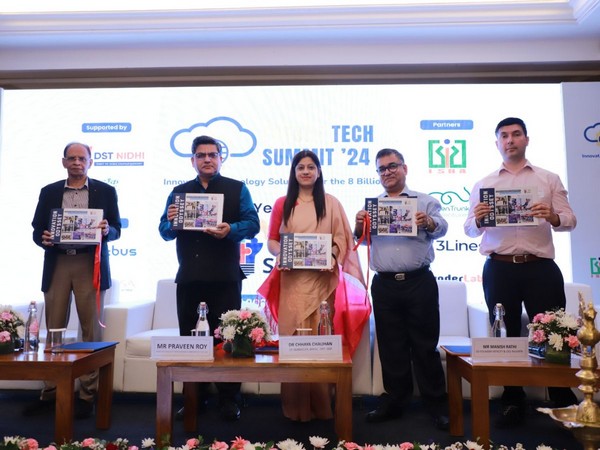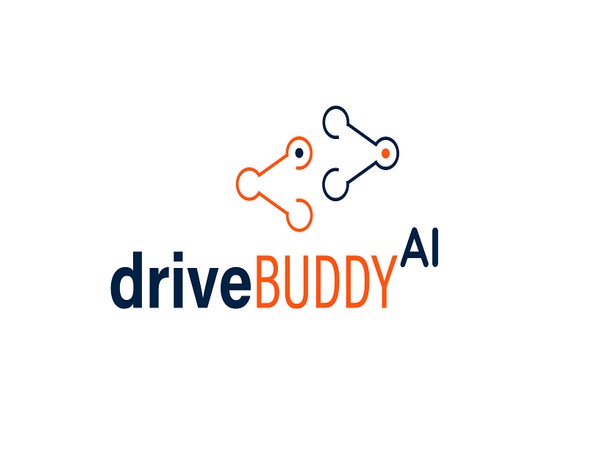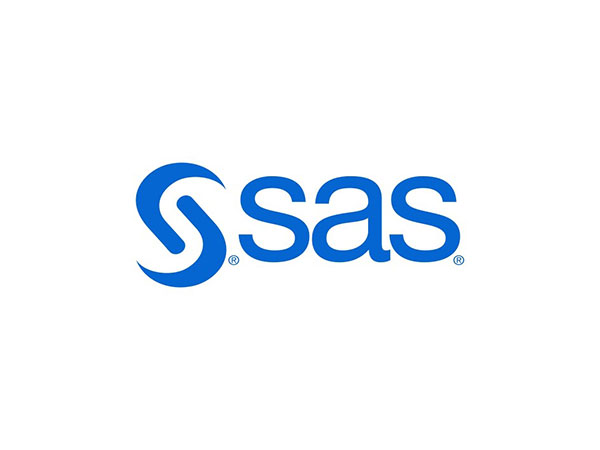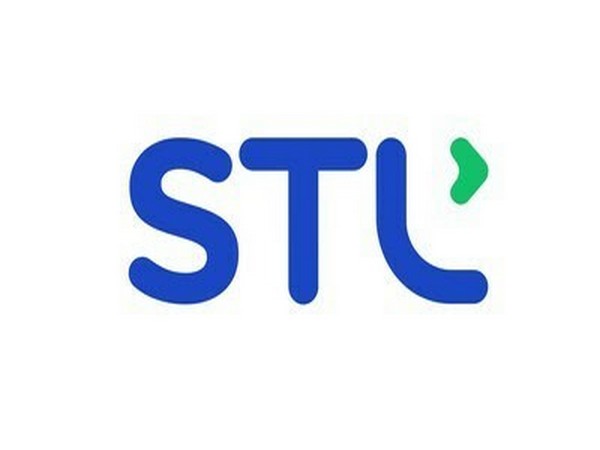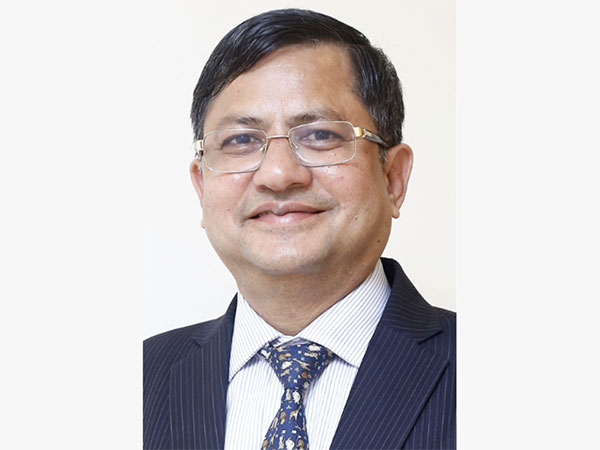
Digital Twins for Building Permits: A New Era in Visualizing Construction Projects
Feb 28, 2024
PNN
Pune (Maharashtra) [India], February 28: In the realm of construction and urban development, the digital revolution is reshaping traditional practices, offering innovative solutions to age-old challenges. One such groundbreaking concept that's gaining momentum is the use of digital twins for building permits. This technology promises to revolutionize how construction projects are visualized, managed, and executed, ushering in a new era of efficiency and precision in the built environment.
What exactly are digital twins, and how are they transforming the construction landscape? In essence, a digital twin is a virtual representation of a physical asset, such as a building or infrastructure project, created through the integration of various data sources, including 3D modeling, sensor data, and real-time monitoring systems. This digital replica mirrors the physical asset in all its complexity, enabling stakeholders to visualize, analyze, and simulate different scenarios throughout the project lifecycle.
The concept of digital twins originated in the manufacturing industry, where it has been used for decades to optimize production processes and improve product performance. However, its application in the construction sector has been relatively nascent until recent years. With advances in technology and the increasing digitization of the built environment, digital twins are now being embraced by architects, engineers, contractors, and urban planners as a powerful tool for enhancing collaboration, decision-making, and project outcomes.
One area where digital twins are proving particularly transformative is in the realm of building permits. Securing permits for construction projects can be a complex and time-consuming process, involving multiple stakeholders, regulatory requirements, and stringent standards. Delays in permit approvals can lead to costly project overruns and hinder overall progress. By leveraging digital twins, stakeholders can streamline the permit application process and improve the accuracy and efficiency of regulatory compliance.
So how exactly do digital twins facilitate the permitting process? First and foremost, they provide a comprehensive visual representation of the proposed project, allowing regulatory authorities to assess its impact on the surrounding environment, infrastructure, and community. With detailed 3D models and simulations, decision-makers can evaluate factors such as building height, setback requirements, and potential sightline obstructions with greater clarity and precision than traditional paper-based plans.
Moreover, digital twins enable real-time monitoring and analysis of construction activities, ensuring compliance with permit conditions and regulatory standards throughout the project lifecycle. By integrating sensor data from on-site equipment and IoT devices, stakeholders can track key performance indicators such as noise levels, air quality, and safety protocols, proactively addressing any issues that may arise and minimizing potential disruptions to the surrounding area.
In addition to facilitating regulatory compliance, digital twins also offer significant benefits in terms of project management and coordination. By centralizing project data and communication channels in a digital platform, stakeholders can collaborate more effectively, share updates in real-time, and identify potential conflicts or discrepancies early on. This enhanced visibility and transparency help mitigate risks, improve decision-making, and ultimately, deliver better outcomes for all parties involved.
Furthermore, digital twins can serve as valuable tools for public engagement and stakeholder outreach. By providing interactive visualization tools and virtual reality experiences, project developers can solicit feedback from the community and address concerns proactively, fostering greater trust and transparency in the planning and development process. This participatory approach not only enhances the quality of decision-making but also promotes a sense of ownership and inclusivity among residents and stakeholders.
Digital twins are poised to revolutionize the way construction projects are visualized, managed, and permitted. By providing a holistic and interactive representation of the built environment, these virtual replicas offer unprecedented insights and capabilities for stakeholders across the construction ecosystem. From streamlining permit approvals to improving project coordination and stakeholder engagement, digital twins hold the promise of a more efficient, sustainable, and resilient built environment for generations to come. As we embrace this new era of digital innovation, the possibilities for transforming the construction industry are truly limitless.
About Author:
Vijay Gupta, an IIT Mumbai alumnus, is the Founder, Chairman and Managing Director of SoftTech Engineers Limited. He holds an M. Tech degree from IIT Mumbai. Vijay strongly believes that technology has to be leveraged extensively to bring in speed, efficiency and transparency in the AEC (Architecture, Engineering & Construction) industry for private as well as public sector organizations. He has a rich experience of about 30 years in the development of cutting-edge BIM/ CAD/ CAE /Project Management Enterprise Software in the AEC domain.
About SoftTech Engineers:
A leading IT company (www.softtech-engr.com) facilitating business and technology transformation across the AEC industry through innovative software products and solutions. Equipped with 25+ years of deep domain expertise and industry knowledge, SoftTech has helped more than 4500 clients & government organizations, with more than 25000 users in India and around the world to gain a competitive edge and lead from the front in the industry.
(ADVERTORIAL DISCLAIMER: The above press release has been provided by PNN. ANI will not be responsible in any way for the content of the same)

